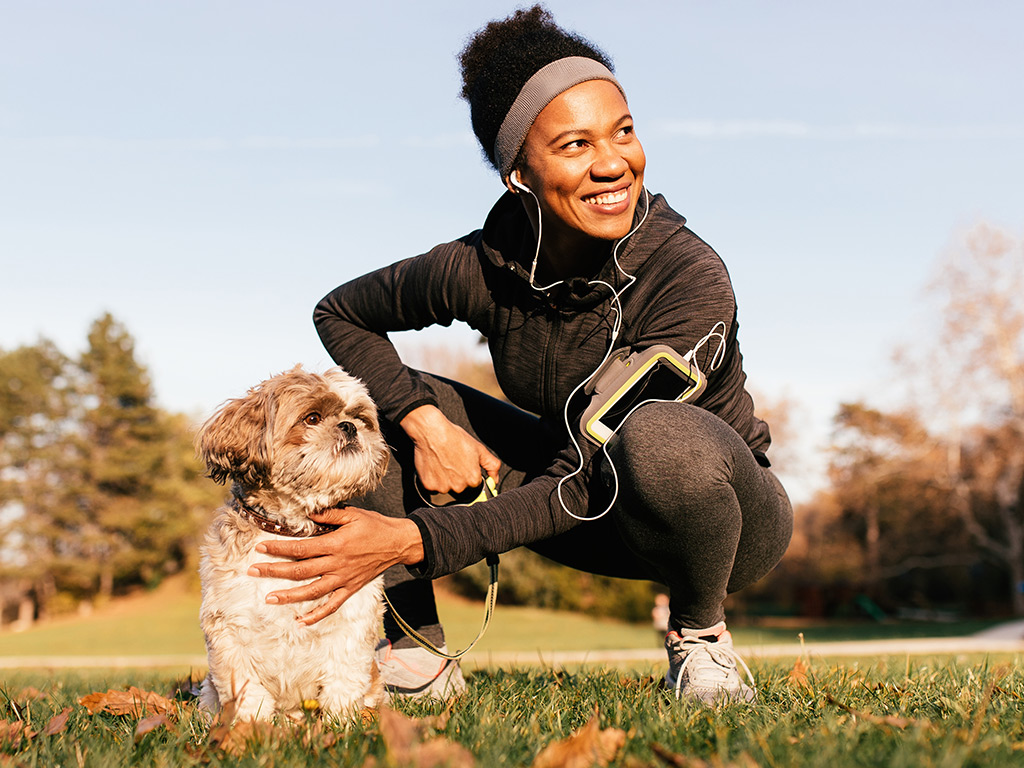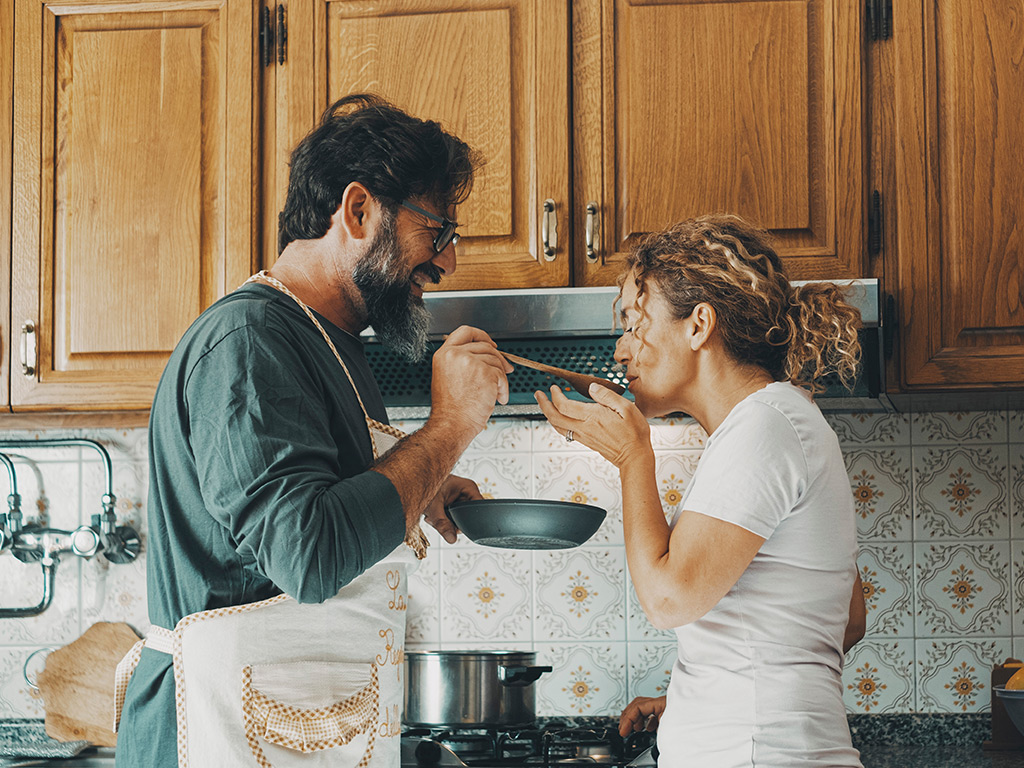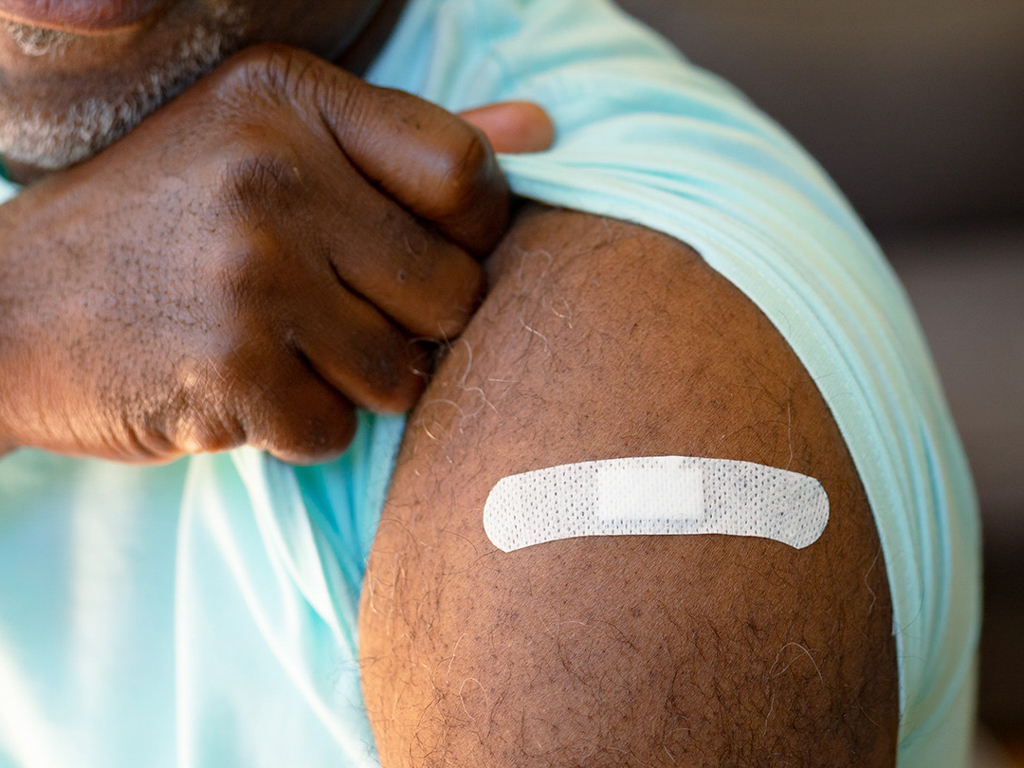Summer: A magical time of year filled with days at the beach, barbecues, firework shows, and tall glasses of lemonade. But as inviting as that summer heat is, too much of the sun can be a little rough on your body if you aren’t careful.
Here are a few examples of heat-related illnesses and how to avoid and treat them:
HEATSTROKE
Heatstroke can be a life-threatening medical condition caused by continuous exposure to extreme heat. It can cause dehydration and a severe rise in body temperature, which can damage the body and organs. It is more common in athletes, the elderly, infants, and people who work outdoors.
Symptoms:
• Throbbing headache
• Hot, red, or dry skin (the body stops producing sweat to reduce dehydration)
• High, sustained body temperature (103 degrees F or higher)
• Fast pulse
• Rapid breathing
• Dizziness and confusion
• Nausea and vomiting
• Fainting
Prevention:
• Wear loose fitting and lightweight clothing outside
• Use sunscreen with SPF 30 or more
• Stay hydrated
• Don’t wait in your car or leave children or pets in the car in any temperature of heat
• Rest in a cool, shaded spot or indoors often
Treatment:
• Call 911 immediately. Heat stroke is a medical emergency.
• As you wait for medical treatment, take immediate action to cool down by removing excess clothing, moving to a cool area, getting into a cool shower or tub, or placing a wet towel or ice pack on the head, neck, armpits, and groin.
• Do not have anything to drink
HEAT EXHAUSTION
Heat exhaustion is a heat-related illness that follows exposure to high temperatures for a long period of time. It’s often accompanied by dehydration.
Symptoms:
• Heavy sweating
• Muscle cramping
• Dark-colored urine
• Weakness and fatigue
• Headache
• Fainting
• Cold, pale, and clammy skin
• Fast pulse
• Nausea
Prevention:
• Wear lightweight, loose-fitting clothing
• Use sunscreen with SPF 30 or more
• Drink plenty of fluids throughout the day, especially during extreme heat
• Avoid alcohol and caffeine, which can make you lose more fluids
Treatment:
• Drink plenty of fluids, especially those with electrolytes
• Remove tight, unnecessary clothing
• Take a cool shower or bath
• Use ice packs and fans to further cool down
• Call 911 if symptoms worsen or last longer than an hour
SUNBURN
Most of us are familiar with the bane of summer: sunburns. But they can range from mild to severe and can appear within only a few hours after sun exposure.
Symptoms:
• Red, painful skin that feels hot to the touch
• Itching
• Small fluid-filled blisters
• Headache, nausea, and fatigue in severe cases
Prevention:
• Apply sunscreen with at least SPF 30 about 15 minutes before going outside and reapply every few hours, especially when swimming
• Avoid prolonged sun exposure during peak sun hours (10:00 a.m.-2:00 p.m.)
• Wear sunglasses or a hat
• Spend time in the shade
Treatment:
• Take a cool shower or bath
• Drink fluids
• Take an over-the-counter pain reliever if needed
• Apply aloe vera gel or calamine lotion
• Don’t break blisters, and if they do break, clean with mild soap and water and cover with a bandage
• Moisturize
• Visit a doctor if your sunburn is severe and not improving
HEAT RASH
Heat rash occurs when blocked pores trap sweat under your skin. It is most common in babies but it can be found in adults too.
Symptoms:
• Red bumps on the skin that look similar to pimples. Usually found on the neck, chest, groin, armpits, or inner elbows
• Itchy or “prickly” feeling on the skin
Prevention:
• Avoid exercising when it’s humid or hot
• Wear breathable, loose clothing outside
• Keep skin clean to prevent clogged sweat glands
• Cool down after spending time outside
Treatment:
• Keep the area dry
• Take a cool shower or bath and let your skin air dry instead of using a towel
• Use a cool compress or calamine lotion can also be soothing to irritated skin
• Wear loose clothing over affected area
• Don’t scratch
• Call the doctor if the rash is severe or painful, you suspect an infection, you develop a fever, or it doesn’t go away within a few days
Remember to use sunscreen and avoid the sun during the hottest parts of the day. And keep your children and pets safe by helping them to avoid the heat too.
Select Health may link to other websites for your convenience. Select Health does not expressly or implicitly recommend or endorse the views, opinions, specific services, or products referenced at other websites linked to the Select Health site, unless explicitly stated.
The content presented here is for your information only. It is not a substitute for professional medical advice, and it should not be used to diagnose or treat a health problem or disease. Please consult your healthcare provider if you have any questions or concerns.
Related Articles



